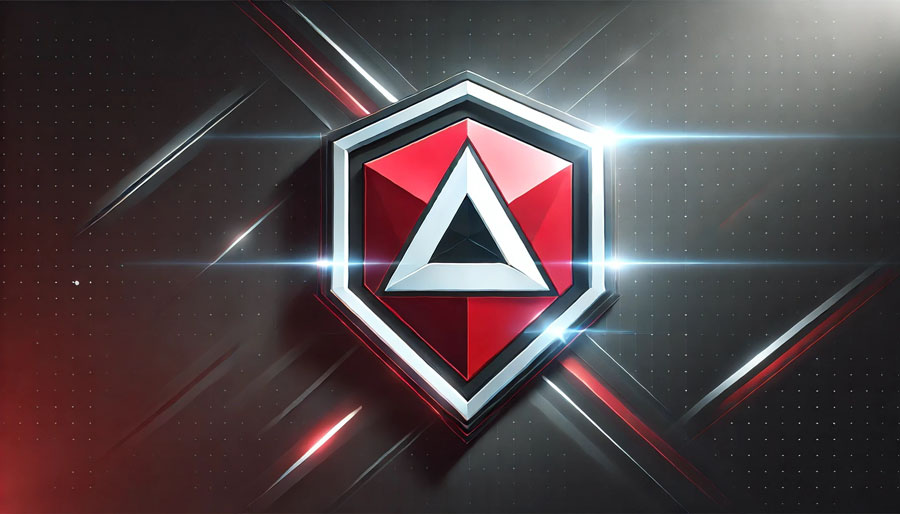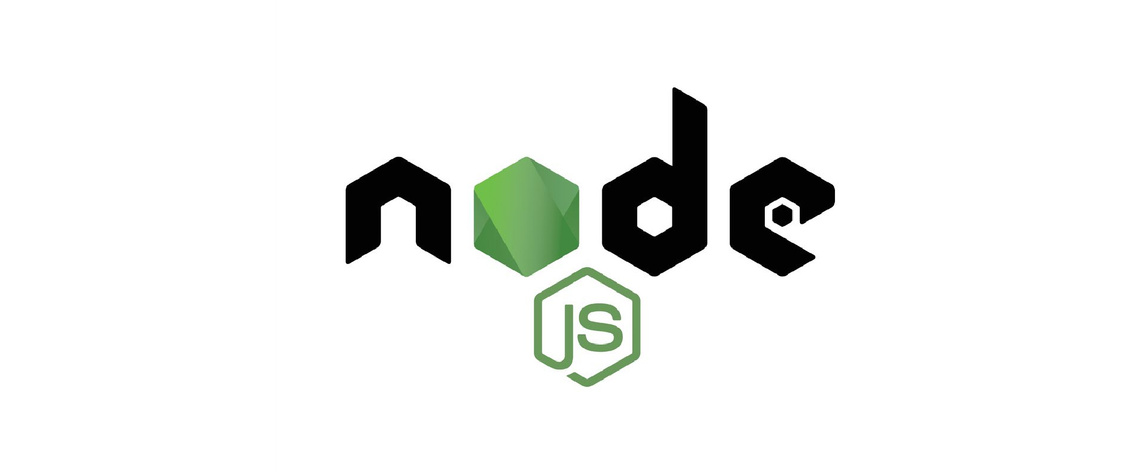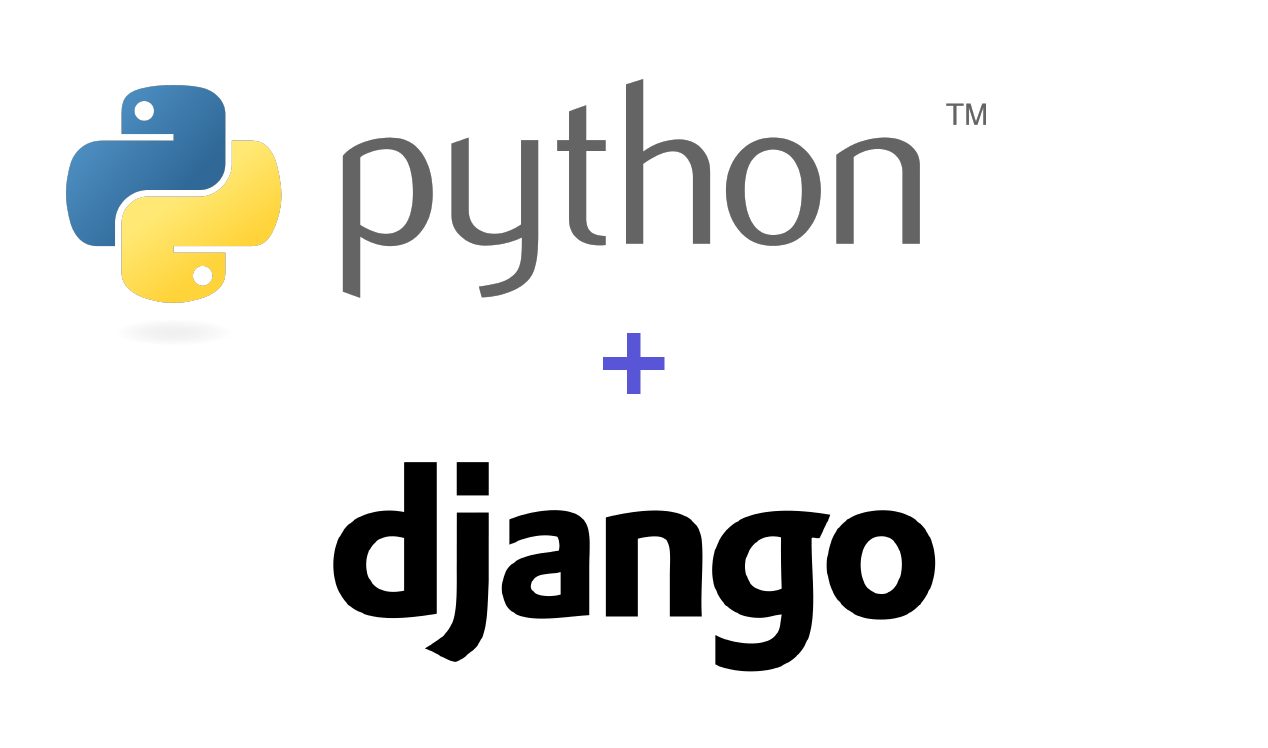List of Top Web Technologies for Developers (2024)
flamincode admin
Author
Today, I'm going to list the most trending and practical web technologies being used in Australia. You can just read the part related to your domain of interest. Today, we talk about back-end development, front-end development, and the skills related to DevOps engineering.
Front-end Technologies
The front-end ecosystem continues to grow rapidly, with new tools and frameworks emerging to improve user interfaces, optimize performance, and create responsive designs. Here are the top front-end technologies shaping the landscape in 2024.
HTML5 and CSS3
HTML5 and CSS3 remain the backbone of web design and structure. HTML5 allows developers to create more semantic, SEO-friendly websites, while CSS3 powers complex layouts, animations, and responsive designs.
- Advancements in HTML5: In 2024, HTML5 continues to be a vital technology for building structured web pages. Its native multimedia capabilities (video, audio, canvas) reduce the need for external plugins like Flash, making web development cleaner and faster.
- CSS3 Updates: With new CSS features such as CSS Grid and Flexbox becoming mainstream, developers have more control over complex layouts. Additionally, CSS variables and calc functions simplify dynamic styling.
JavaScript Frameworks and Libraries
JavaScript is the king of front-end development, and the various frameworks and libraries available in 2024 make it easier to build robust, dynamic web applications.
React.js

React continues to dominate as one of the most popular JavaScript libraries. Its component-based architecture allows developers to build reusable UI elements, and React's virtual DOM ensures that applications are fast and responsive.
- 2024 Updates: React has introduced several performance improvements, focusing on optimizing server-side rendering (SSR) with React Server Components, allowing developers to create faster, SEO-friendly applications.
Vue.js

Vue.js is gaining traction in 2024 due to its simplicity and flexibility. Vue's gentle learning curve and robust ecosystem make it a favorite for developers building dynamic user interfaces.
- Why Vue in 2024?: Vue's Composition API and its growing ecosystem of plugins and tools make it highly scalable for both small and large applications. With a strong community backing it, Vue is a powerful choice for front-end development.
Angular

Angular is still the go-to choice for enterprise-level applications in 2024. With a strong opinionated framework and comprehensive tooling, Angular provides everything you need to build complex, large-scale apps.
- Angular Updates: Angular's newer versions focus on improving performance and simplifying development with its Ivy rendering engine and stricter TypeScript integration, making it more suitable for high-performance apps.
Blazor

Blazor is becoming a game-changer in front-end development, allowing developers to build interactive web UIs using C# instead of JavaScript. This technology, developed by Microsoft, runs both on the client side in the browser via WebAssembly and on the server side via ASP.NET Core.
- Why Blazor in 2024?: Blazor enables developers familiar with .NET technologies to build rich, client-side applications without needing JavaScript expertise. It seamlessly integrates with the ASP.NET Core backend, allowing for end-to-end development in C# and .NET, making it ideal for .NET developers wanting to leverage their existing skills.
Backend Technologies
Backend development in 2024 focuses on scalability, security, and efficiency. Here are the top backend technologies that developers should watch out for.
ASP.NET Core

ASP.NET Core, an open-source web framework by Microsoft, has become a top choice for backend development. It offers high performance and flexibility and supports cross-platform development, making it suitable for building web applications, APIs, and microservices.
- Why ASP.NET Core in 2024? ASP.NET Core is renowned for its speed, security, and scalability. With the latest updates, it now supports minimal APIs, reducing the complexity of setting up web servers. Its seamless integration with cloud services, especially Azure, makes it a leading choice for building enterprise-grade applications. The framework's ability to integrate with Blazor also makes it powerful for full-stack .NET development.
Node.js

Node.js remains a leading backend technology due to its event-driven, non-blocking architecture, which makes it highly scalable for building web apps, APIs, and microservices.
- New Features in Node.js: In 2024, Node.js improved its performance with better native support for ES modules and worker threads, making it easier to handle CPU-bound tasks and improve app responsiveness.
Python (Django & Flask)

Python's Django and Flask frameworks continue to thrive in web development. Django is a high-level framework designed for fast development and clean design, while Flask offers more flexibility for smaller projects.
- Django's Strength: Django comes with a wealth of built-in features like authentication, admin panels, and ORM, which makes it a solid choice for developers working on large-scale projects.
- Flask's Flexibility: Flask remains a favorite for smaller, more lightweight web applications, offering developers complete control over the architecture.
Ruby on Rails
Ruby on Rails continues to be relevant in 2024, especially for startups and MVPs. Its "convention over configuration" approach allows for rapid development with minimal coding.
- Why Use Ruby on Rails?: Rails offers built-in testing tools, a rich plugins (gems) library, and a developer-friendly syntax. It's excellent for building MVPs quickly, thanks to its speed and ease of use.
Databases and Storage
Database technology has seen significant advancements, enabling faster, more scalable, and flexible storage solutions for web applications.
Relational Databases
MySQL and PostgreSQL and SqlServer
Relational databases like MSSQL, MySQL and PostgreSQL continue to be the preferred choice for many developers due to their stability and scalability.
NoSQL Databases
MongoDB
MongoDB remains a leader in NoSQL databases, offering flexibility with unstructured data, and is widely used in modern web applications that require scalability and agility.
Redis
Redis has become a must-have for caching and real-time data handling. Its speed and performance make it ideal for applications needing quick data retrieval, such as online gaming or live streaming.
Graph Databases
Graph databases are becoming more popular as data relationships become more complex. These databases excel at handling highly interconnected data.
Neo4j and Amazon Neptune
Neo4j and Amazon Neptune are leading graph database solutions that allow developers to model complex relationships, such as social networks or recommendation engines, more efficiently.
DevOps and Automation Tools
Docker and Kubernetes
Containerization has become essential for modern web development, and Docker remains the tool of choice for containerizing applications. On the other hand, Kubernetes is the leader in container orchestration, allowing for efficient application scaling.
CI/CD Tools (Jenkins, GitLab CI)
Continuous Integration and Continuous Deployment (CI/CD) tools like Jenkins and GitLab CI help automate testing and deployment, streamlining development workflows and reducing time to market.
Cloud Platforms and Serverless Technologies
Cloud computing continues to drive innovation in web development, with platforms like AWS, Azure, and Google Cloud offering a wide range of services tailored to developers' needs.
AWS, Azure, and Google Cloud
Each platform offers unique tools and features, but all provide the infrastructure needed to deploy, manage, and scale web applications. In 2024, their focus on AI integration, serverless computing, and developer tools makes them essential for web developers.
Serverless Architecture
Serverless technology allows developers to build and deploy applications without managing servers. Popular services like AWS Lambda and Google Cloud Functions make running code in response to events easier, scaling automatically based on demand.
Web Security Technologies
Security remains a top priority in web development, and there are several critical technologies that developers should implement in 2024.
SSL/TLS
SSL/TLS encryption ensures secure data transmission, which is non-negotiable in today's world of web development. In 2024, implementing HTTPS across all websites is standard practice.
Content Security Policy (CSP)
CSP helps protect websites from cross-site scripting (XSS) attacks, one of the most common web vulnerabilities. It's an essential security feature every developer should adopt.
OAuth 2.0 and JWT
OAuth 2.0 and JSON Web Tokens (JWT) authenticate and authorize users securely, especially for single-page applications (SPAs) and mobile apps.
Progressive Web Apps (PWA)
PWAs combine the best of web and mobile apps, offering offline functionality, push notifications, and fast loading times. In 2024, they are becoming increasingly important as they provide an app-like experience without the need for app store downloads.
Headless CMS
Headless CMS platforms allow developers to decouple the backend from the front end, giving more flexibility in delivering content. Popular platforms like Strapi and Contentful provide a robust content management system that integrates seamlessly with modern web technologies.
AI and Machine Learning in Web Development

AI and machine learning are becoming integral to web development. Tools like TensorFlow.js allow developers to integrate AI-powered features directly into web applications, enhancing user experience through personalization, recommendation systems, and more.
Web Performance Optimization Tools
Optimizing performance is critical to a great user experience. In 2024, tools like Lighthouse and Core Web Vitals will help developers measure and improve site performance.
Lazy Loading and Code Splitting
Lazy loading defers the loading of off-screen elements, speeding up initial page load times. Code splitting ensures that only the necessary JavaScript is loaded, reducing load times and improving performance.
Web3 and Blockchain Technologies
The rise of decentralized applications (dApps) built on blockchain technologies like Ethereum is shaping the future of the web. In 2024, blockchain offers new opportunities for creating trustless, decentralized web applications.
Last words
The web development landscape is vast and rapidly changing, with new technologies constantly emerging. Staying updated with the top web technologies in 2024 is essential for developers to build efficient, scalable, and secure applications. From front-end frameworks like React and Blazor to backend solutions like ASP.NET Core and Deno, mastering these tools will help developers stay ahead of the curve.
Admin
Just the admin